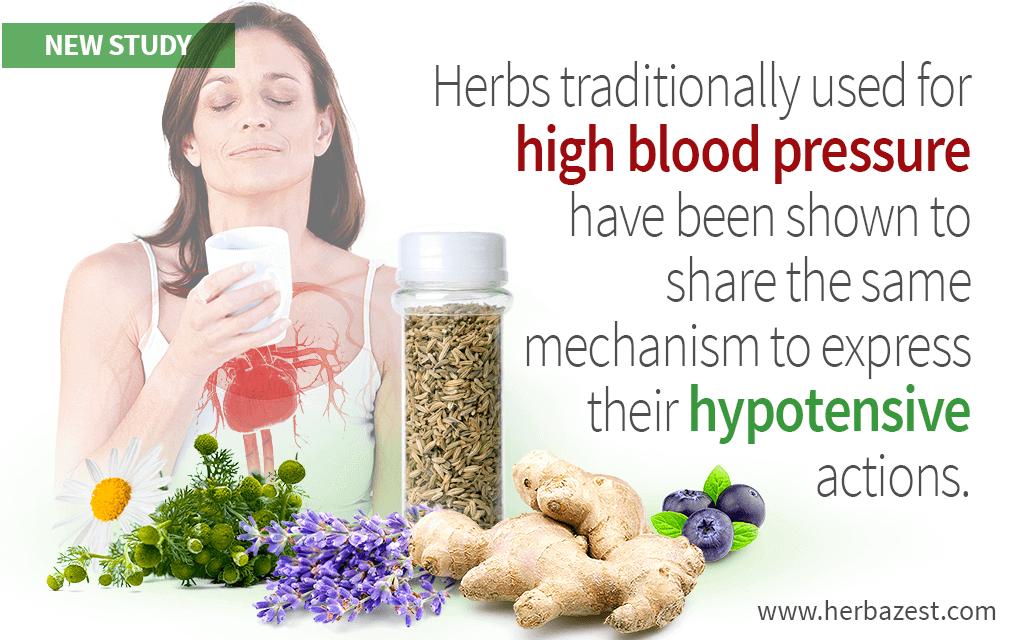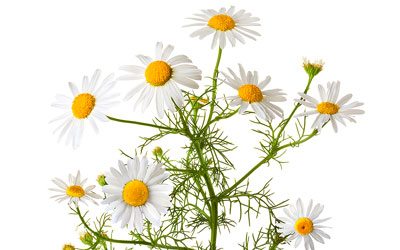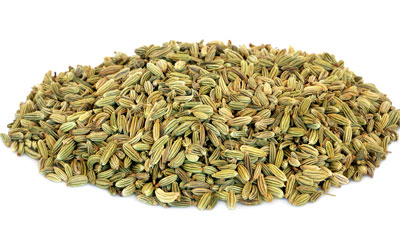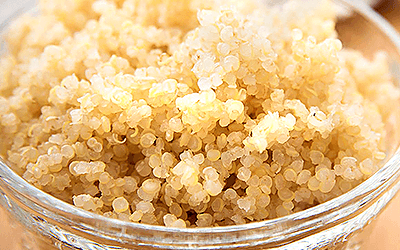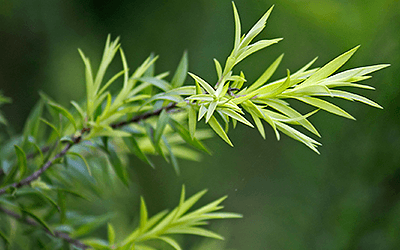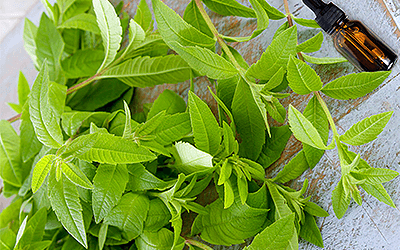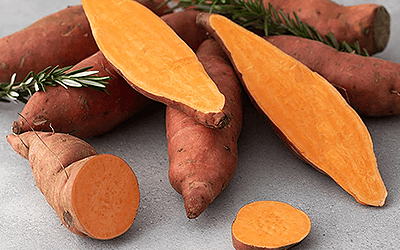Although the use of herbs to treat various ailments dates back to thousands of years, it is not always easy for modern science to reveal their underlying mechanisms of action. Such is the case with the use of herbs for high blood pressure, a condition that puts strain on the heart and jeopardizes the lives of over 75 million of Americans.1 This study has uncovered a surprising unifying mechanism shared by various plants to express their hypotensive effects on the cardiovascular system.
The Study
This study, published in the scientific journal Proceedings of the National Academy of Sciences (PNAS), was conducted at the University of California, Irvine. Researchers analyzed extracts from common herbs traditionally known to be hypotensive, like lavender, fennel, and chamomile as well as others that are not.
The Results
This research has discovered that all hypotensive plants they studied exert their effects on the cardiovascular system by activating a KCNQ5-selective potassium channel in blood vessels. This activation leads to a relaxation of smooth muscles that line the blood vessels, leading to better blood pressure regulation.
From among the herbs to lower blood pressure that were included in this research, lavender exhibited the strongest hypotensive abilities.
What Does this Mean?
The findings of this study have shed light on two important aspects. Firstly, this specific hypotensive mechanism used by these plants is yet to be replicated in high blood pressure medications available on the market. As such, it can lead to the development of new therapeutic drugs to manage this health condition more effectively.
Secondly, the study has confirmed the hypotensive actions of herbs like lavender or fennel, which positions the use of herbal medicine for high blood pressure as a legitimate option, especially for the benefit of evading the side effects of conventional hypertension medications.
Other herbs with hypotensive properties include ginger, blueberries, and basil.
Sources
- Proceedings of the National Academy of Sciences of the United States of America (PNAS), KCNQ5 activation is a unifying molecular mechanism shared by genetically and culturally diverse botanical hypotensive folk medicines, 2019
Footnotes:
- CDC. (2016). High Blood Pressure Fact Sheet. Retrieved October 17, 2019 from https://www.cdc.gov/dhdsp/data_statistics/fact_sheets/fs_bloodpressure.htm
